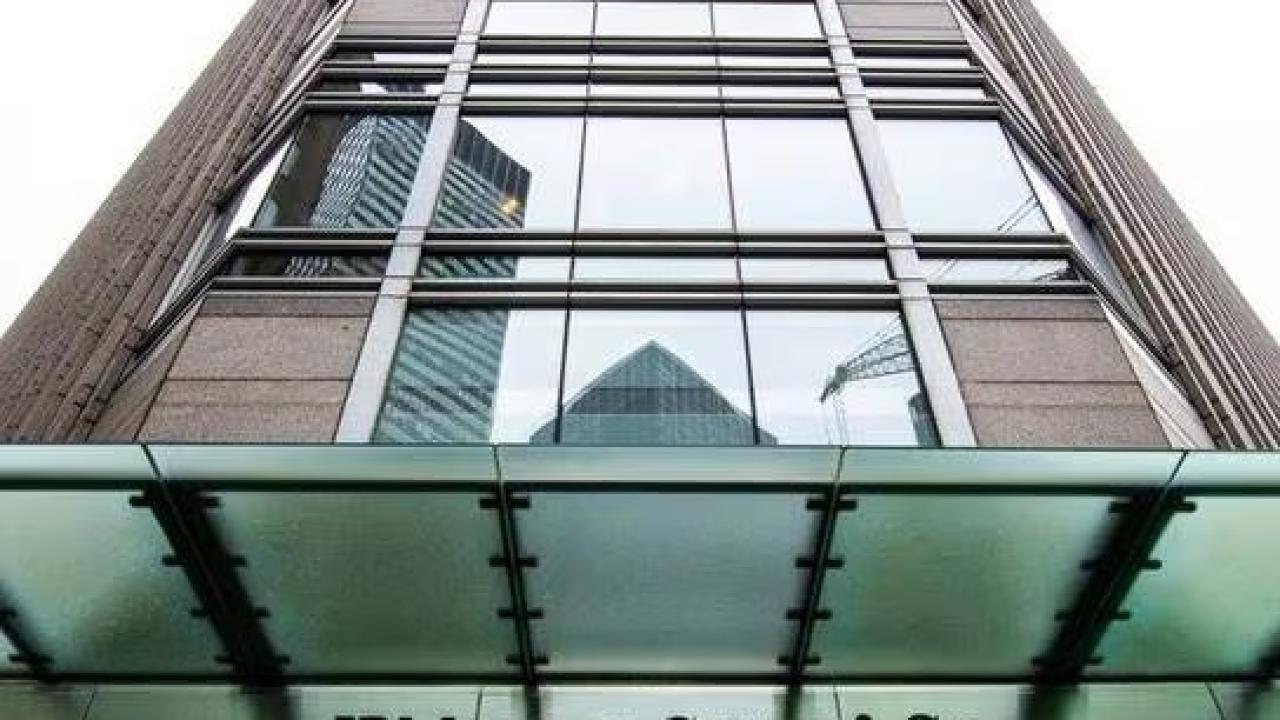
The indicator stood at 1,225 points this Sunday, after jumping the 1,300 point barrier last week.
Ecuador's country risk returned to a downward trend by reducing from 1,303 (March 20) points to 1,218 (March 25) in five days. Thus, 85 points were reduced in this short period.
The factors that make the indicator it measures fluctuate are not clear, especially the market perception of whether Ecuador will be able and willing to pay the external debt in the coming months and years.
In the case of the drop in the indicator this week, it would surely have to do with the increase in the price of crude oil.
The indicator that is measured by the JP Morgan investment bank has had significant variations since December 2023.
In the government of President Daniel Noboa, the indicator reached 2,141 points (December 13) after some unfortunate statements by the president about a possible debt default .
Then, the measures taken by the Ministry of Finance of Ecuador, translated into several laws that were approved in the Assembly and that provide more resources to the treasury.
It is expected that until the end of March, companies have contributed 3.25% of their profits, due to the effects of the Law to confront the armed conflict, and it is expected that on April 1, however, they will begin to collect more income from the increase in the value added tax (VAT) and the foreign currency outflow tax (ISD).
According to Alberto Acosta Burneo, editor of Analysis Weekly, the explanation for this latest decline could have been due to a slight improvement in the price of oil, which should surely be strengthening the price of the bonds.
He explained that there are some projections that the price of oil could be higher in the future.
Indeed, this Monday the price of oil rose, while fighting between Russia and Ukraine and in the Middle East increased. WTI stood at US$81.97 a barrel.
The upward evolution of the oil price is associated with the conviction that a recession is being avoided and interest rates are expected to fall throughout the summer, while OPEC+ has extended supply cuts until the second quarter of 2024.
Furthermore, according to data provided by Reuters sources and calculations, Russian oil production in April 2024, May 2024 and June 2024 will fall by around -3.6%, -4.1% and -4. 9%.
For Ecuador, a lowering of the indicator is important, since this would mean that it could be subject to credit in international markets.
However, the 1,200 points you have now are still very high to qualify for this source of financing.
Experts have calculated that there could be a greater drop if an agreement is reached with the IMF. An indicator to be able to issue debt is between 300 and 700 points, according to analysts.









